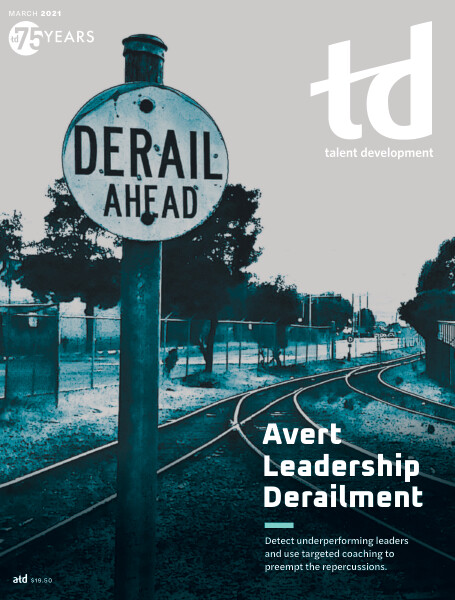TD Magazine Article
Member Benefit
Build a No-Budget Career Development Hub
While there may not be a financial cost, commit to the time necessary to achieve success.
Mon Mar 01 2021
Helping Encompass Health's more than 32,000 employees at its hospitals understand their career opportunities has been a challenge for several years. Managers and location HR directors shared development plan resources and promoted internal openings to support the effort. Meanwhile, hospital educators focused on clinical learning to ensure high-quality care and meet regulatory requirements. Career development was always important, but too often it got lost among the critical information sharing that occurs in the healthcare environment.
You've Reached ATD Member-only Content
Become an ATD member to continue
Already a member?Sign In

